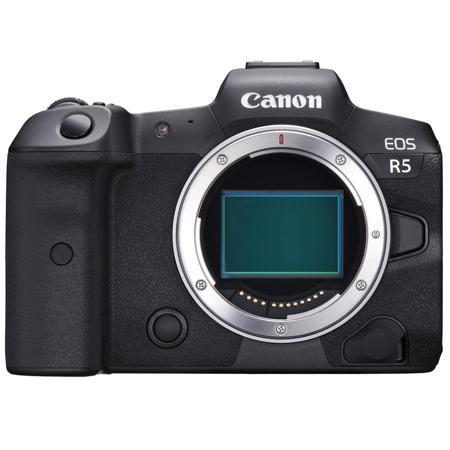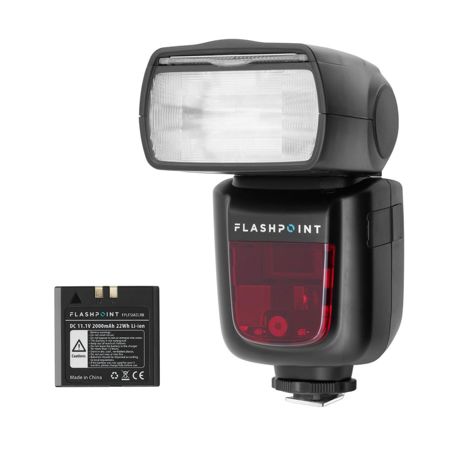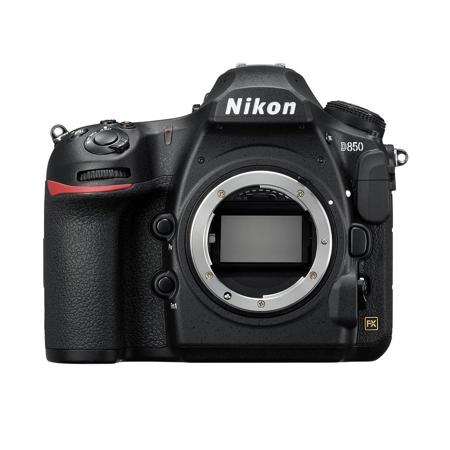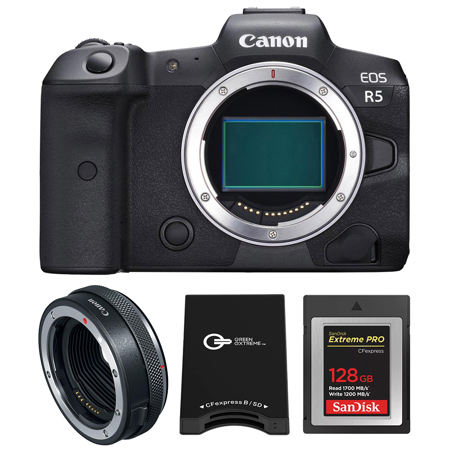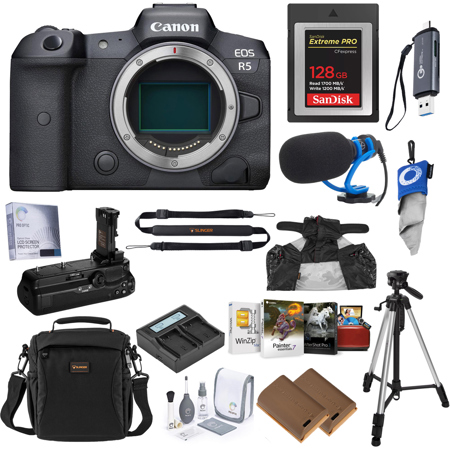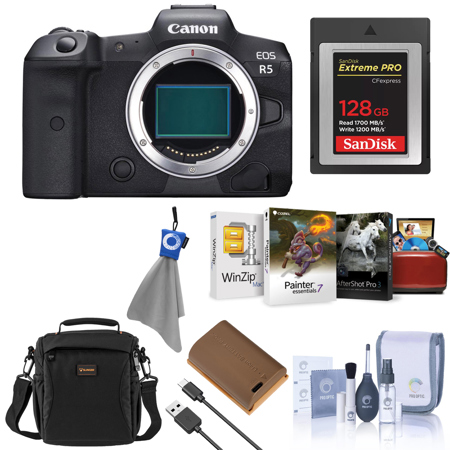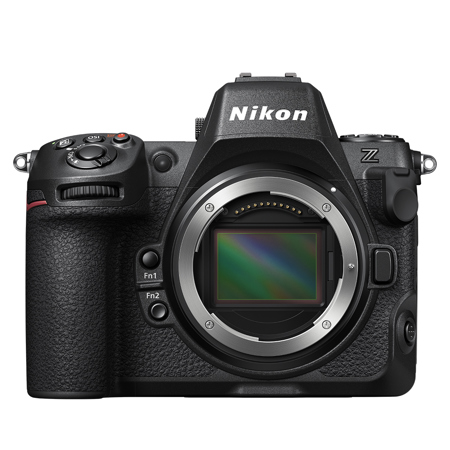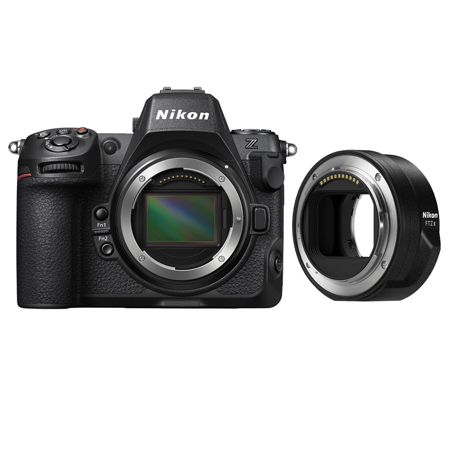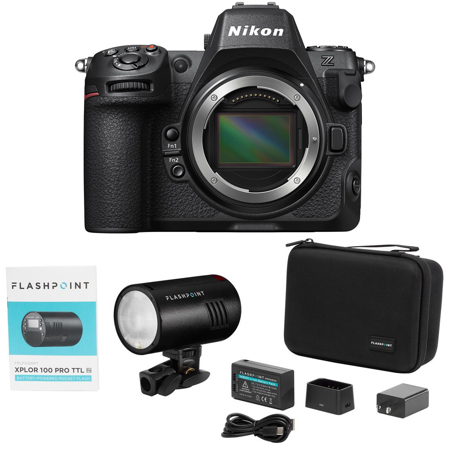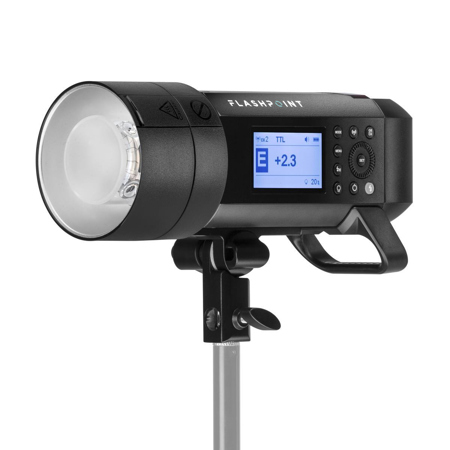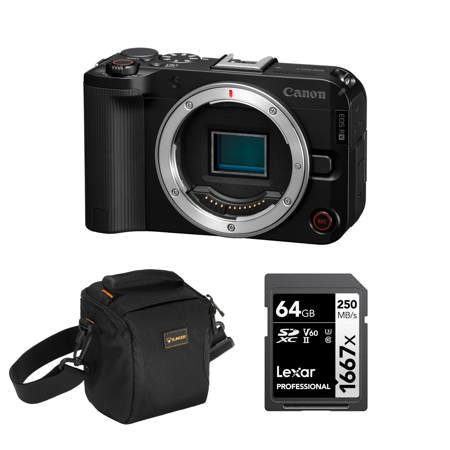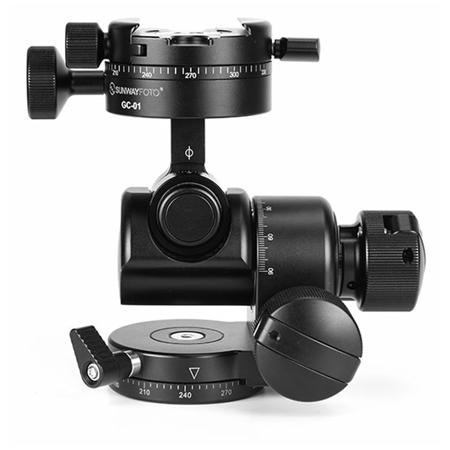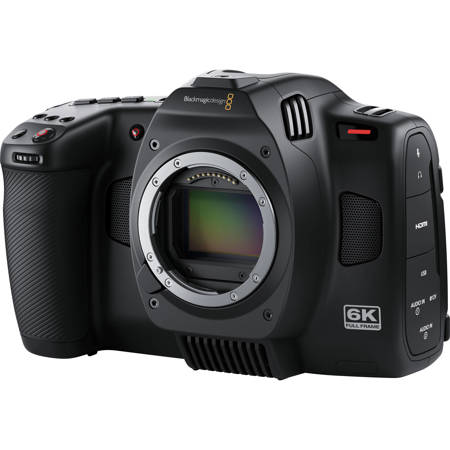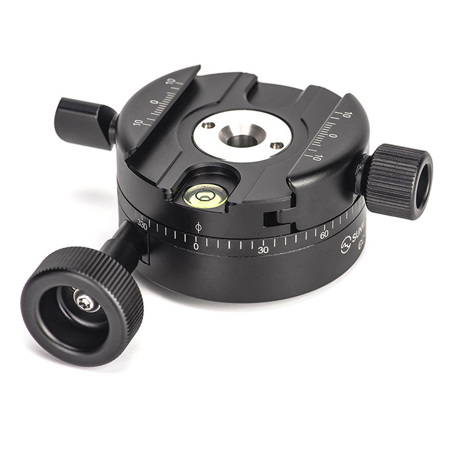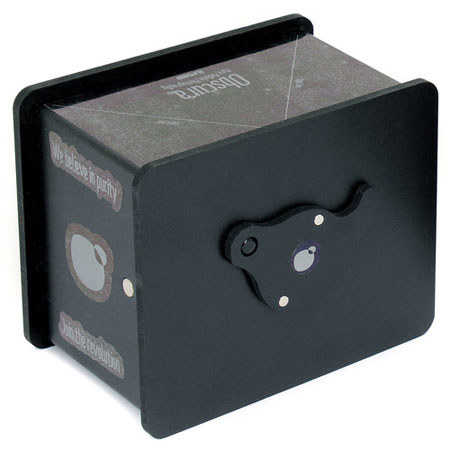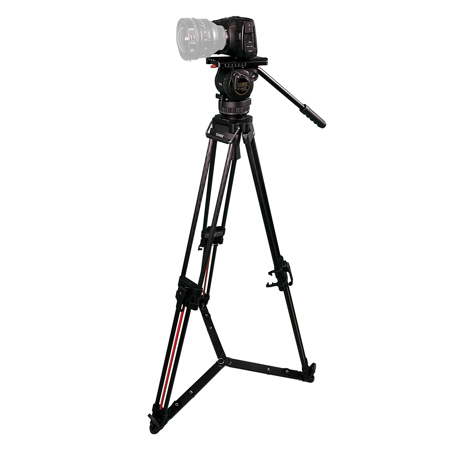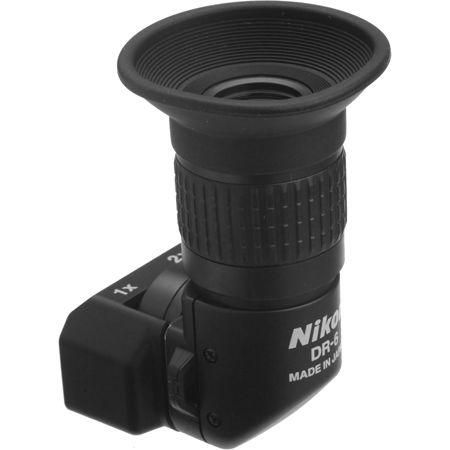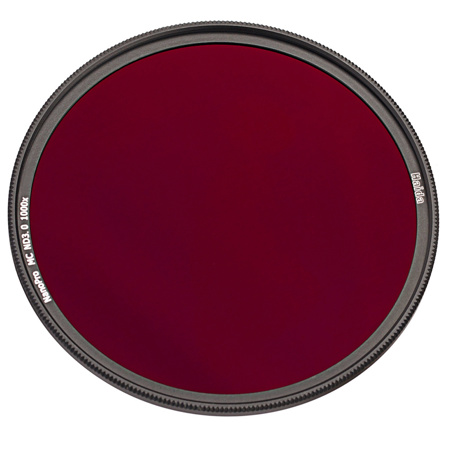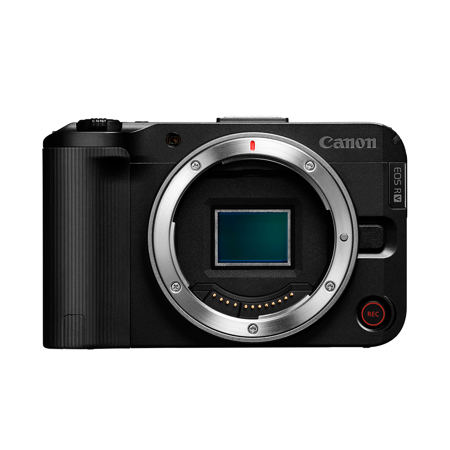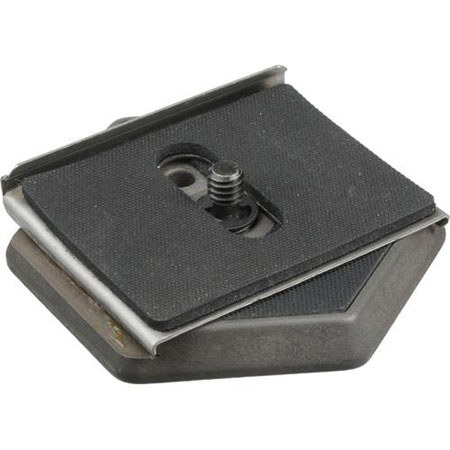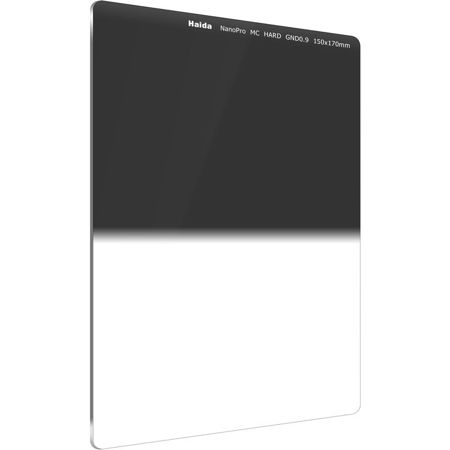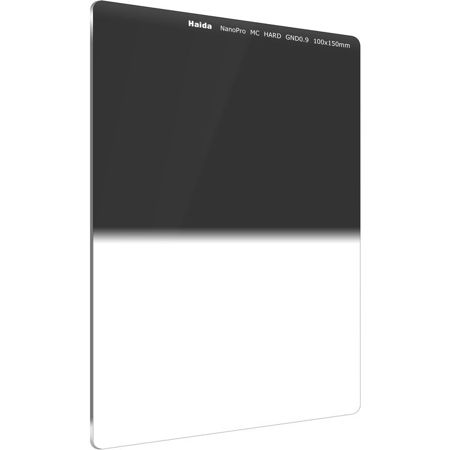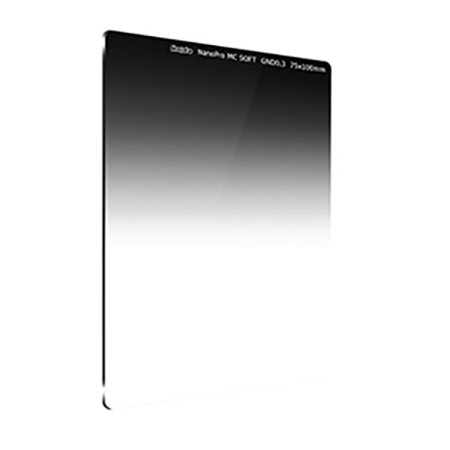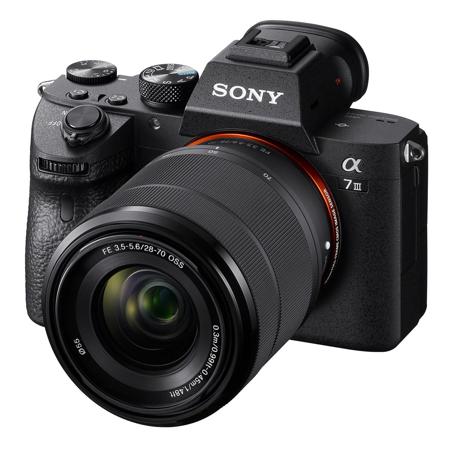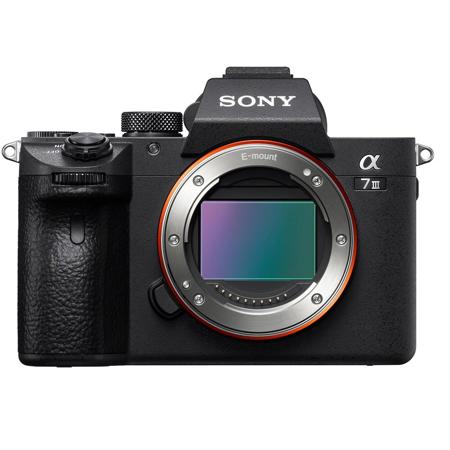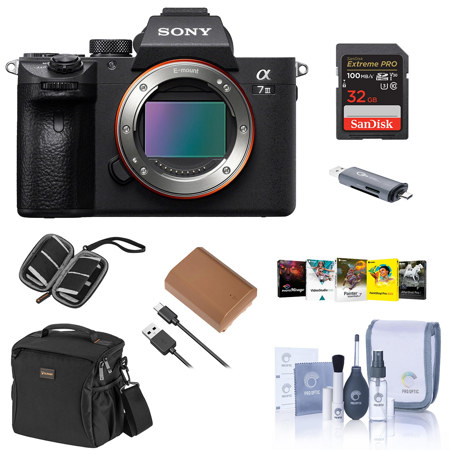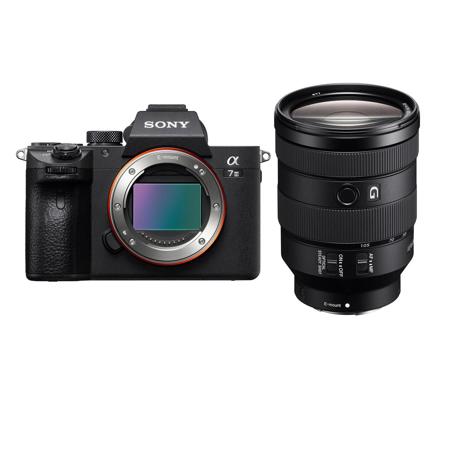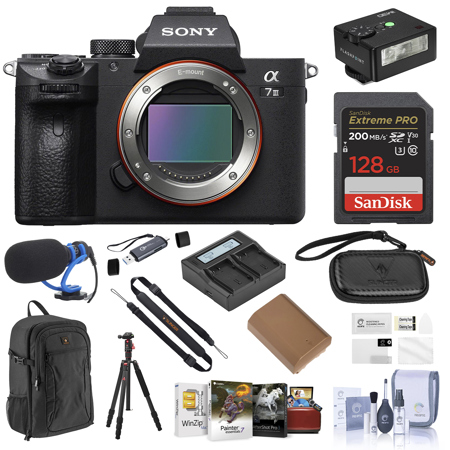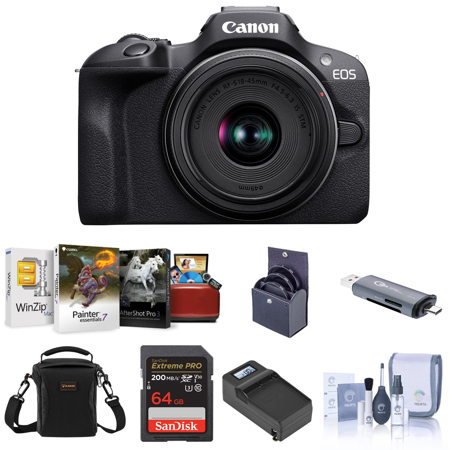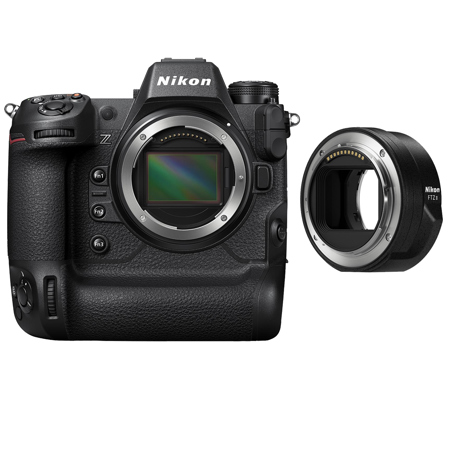Cameras For Architectural Photography
Architectural photography demands a specialized approach and the right tools, making the choice of camera a pivotal decision for anyone looking to capture the grandeur of buildings, intricate details of interiors, or the harmony between structures and their environments. Whether you’re a seasoned professional documenting historic landmarks, a real estate photographer showcasing modern interiors, or an enthusiast exploring cityscapes, selecting the best camera for architectural photography is essential to achieving sharp, distortion-free images that do justice to your subject. High-resolution sensors are a cornerstone of architectural solution cameras, as they allow for large-format prints and extensive cropping without sacrificing detail. When working with expansive facades or intricate ornamentation, a camera with 45 megapixels or more will ensure every line and texture is rendered with clarity. Medium format sensors can further elevate image quality, particularly for those who need to produce gallery-quality prints or work with clients who demand the utmost in visual fidelity. For interior architectural photography, dynamic range and color accuracy become especially important, enabling photographers to balance the highlights streaming through windows with the shadows in alcoves and corners.
Autumn is a spectacular season for architectural photography, as the interplay of golden sunlight and shifting shadows adds drama and depth to both exteriors and interiors. The best mirrorless camera for architectural photography combines portability with advanced features such as in-body image stabilization, weather sealing for unpredictable outdoor conditions, and silent shutters for discreet shooting in quiet spaces. Mirrorless models are increasingly favored for their compactness and cutting-edge technology, making them easy to carry on long walks through city streets or up staircases in historic buildings. For those who value convenience or need to travel light, the best compact camera for architectural photography offers a balance of wide-angle capability and manual controls, fitting easily into a jacket pocket or small bag. Essential accessories like sturdy tripods are indispensable for achieving perfectly straight lines and long-exposure clarity, while remote releases eliminate the risk of camera shake during critical shots. Tilt-shift and wide-angle lenses are also key investments, allowing photographers to control perspective, minimize distortion, and capture the full scale of a structure or room. Post-processing software rounds out the toolkit, providing the means to fine-tune compositions and correct converging verticals, ensuring that every finished image reflects the photographer’s vision.
Cameras designed for architectural photography make thoughtful gifts for aspiring photographers, architecture students, or anyone passionate about design and the built environment. Gifting a high-quality camera can inspire a loved one to explore their city with fresh eyes, document their travels, or begin a professional journey in real estate or commercial photography. The versatility of architectural solution cameras also makes them a practical addition to the gear bag of landscape and automotive photographers, as the skills and equipment often overlap—if you’re interested in capturing vehicles against dramatic urban backdrops or expansive highways, you’ll find a natural extension of your craft in this field. For those seeking more inspiration beyond buildings, you might explore our guide to the Best Camera For Automotive Photography for additional insights into choosing the right camera for different subjects and styles. Ultimately, investing in the best camera for architectural photography is about more than just technical specifications; it’s about equipping yourself to tell the story of spaces—how light moves through a cathedral at dusk, how reflections dance on glass towers at sunrise, or how the character of a neighborhood is shaped by its architecture. With the right camera and a creative eye, the possibilities are as limitless as the skylines you seek to capture.
Autumn is a spectacular season for architectural photography, as the interplay of golden sunlight and shifting shadows adds drama and depth to both exteriors and interiors. The best mirrorless camera for architectural photography combines portability with advanced features such as in-body image stabilization, weather sealing for unpredictable outdoor conditions, and silent shutters for discreet shooting in quiet spaces. Mirrorless models are increasingly favored for their compactness and cutting-edge technology, making them easy to carry on long walks through city streets or up staircases in historic buildings. For those who value convenience or need to travel light, the best compact camera for architectural photography offers a balance of wide-angle capability and manual controls, fitting easily into a jacket pocket or small bag. Essential accessories like sturdy tripods are indispensable for achieving perfectly straight lines and long-exposure clarity, while remote releases eliminate the risk of camera shake during critical shots. Tilt-shift and wide-angle lenses are also key investments, allowing photographers to control perspective, minimize distortion, and capture the full scale of a structure or room. Post-processing software rounds out the toolkit, providing the means to fine-tune compositions and correct converging verticals, ensuring that every finished image reflects the photographer’s vision.
Cameras designed for architectural photography make thoughtful gifts for aspiring photographers, architecture students, or anyone passionate about design and the built environment. Gifting a high-quality camera can inspire a loved one to explore their city with fresh eyes, document their travels, or begin a professional journey in real estate or commercial photography. The versatility of architectural solution cameras also makes them a practical addition to the gear bag of landscape and automotive photographers, as the skills and equipment often overlap—if you’re interested in capturing vehicles against dramatic urban backdrops or expansive highways, you’ll find a natural extension of your craft in this field. For those seeking more inspiration beyond buildings, you might explore our guide to the Best Camera For Automotive Photography for additional insights into choosing the right camera for different subjects and styles. Ultimately, investing in the best camera for architectural photography is about more than just technical specifications; it’s about equipping yourself to tell the story of spaces—how light moves through a cathedral at dusk, how reflections dance on glass towers at sunrise, or how the character of a neighborhood is shaped by its architecture. With the right camera and a creative eye, the possibilities are as limitless as the skylines you seek to capture.
